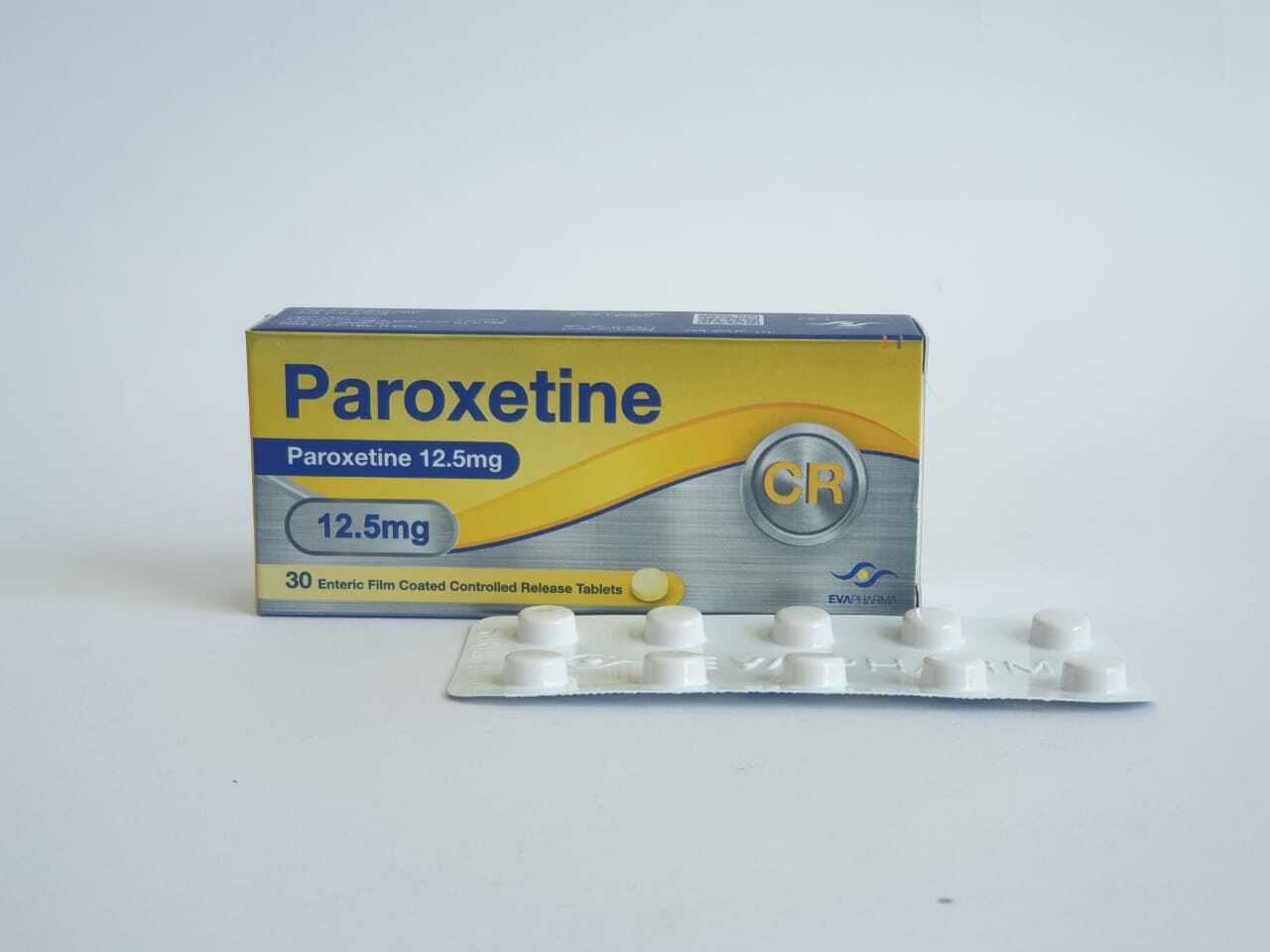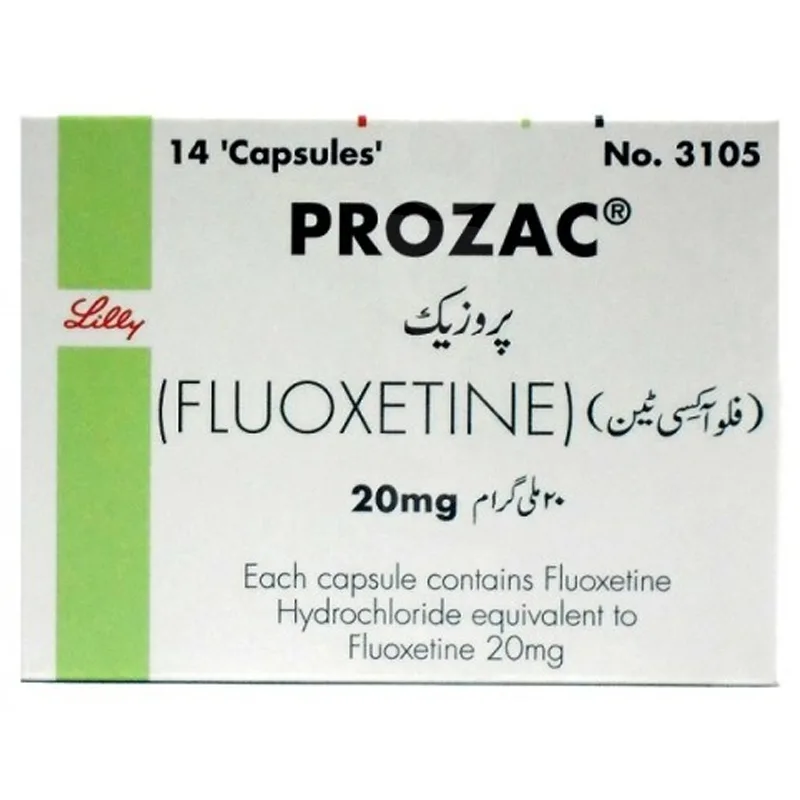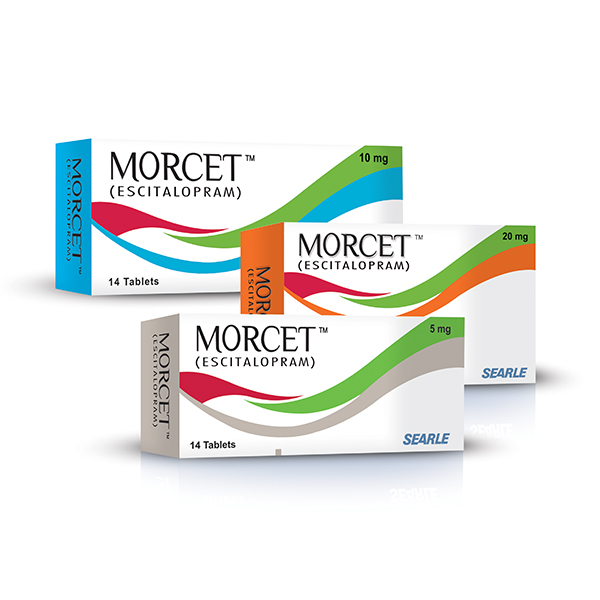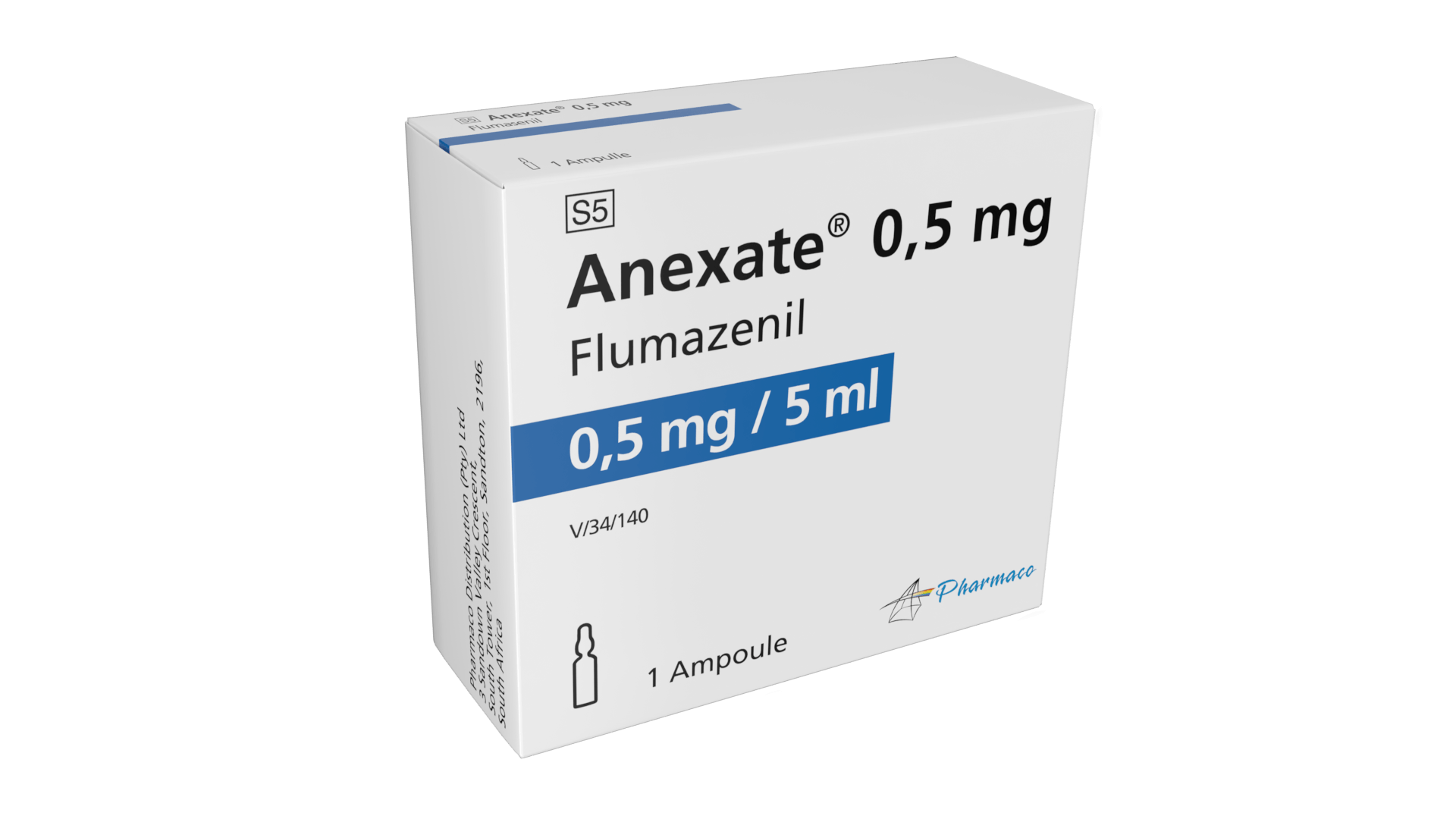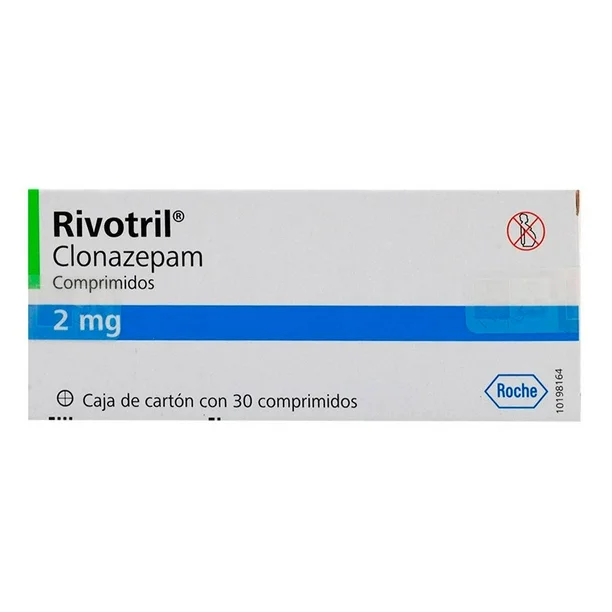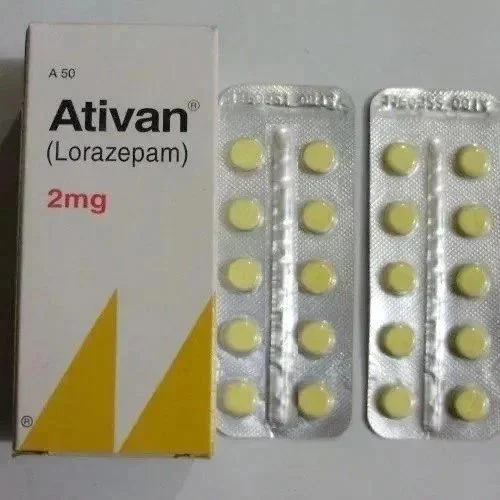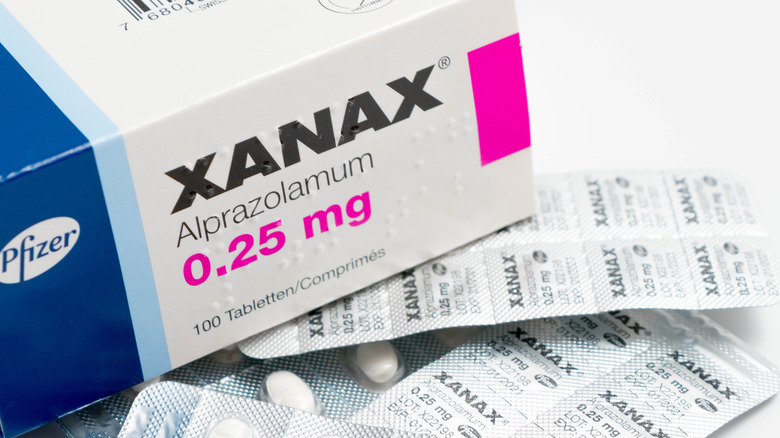Diazepam belongs to a group of medications known as benzodiazepines. It is commonly prescribed to treat anxiety, muscle spasms, seizures, and other health issues. This article offers a comprehensive look at diazepam, including its uses, how it works, potential side effects, and well-known brand names. What is Diazepam? Diazepam is a prescription drug that acts…
Category: drug profile
A drug profile typically includes the following information
- Chemistry: Details about the chemical composition of the drug.
- Pharmacology: Information about how the drug works in the body.
- Synthesis and precursors: How the drug is made and its building blocks.
- Analysis: Techniques used to identify the drug.
- Physical form: Whether it’s a powder, tablet, etc.
- Mode of use: How the drug is ingested (e.g., swallowed, snorted, injected).
- Clinical efficacy and tolerability: How effective and safe the drug is.
- Qualitative testing: Used to monitor medication compliance and detect undisclosed drug use.
Paroxetine is a publicly prescribed medication used to treat different mental and health conditions. This article explains the specifics of paroxetine, its indications, dosages, side effects, and more. What is Paroxetine? Paroxetine is a selective serotonin reuptake inhibitor (SSRI). SSRI is a class of medications mostly prescribed to treat mental health disorders. It acts by…
Fluoxetine, commonly known by its brand name Prozac, is one of the most widely prescribed medications for mental health disorders. As a selective serotonin reuptake inhibitor (SSRI), fluoxetine is primarily used to treat different conditions like depression, anxiety, and obsessive-compulsive disorder (OCD). This article provides a detailed examination of fluoxetine, its uses, dosage, side effects,…
Escitalopram is a commonly prescribed medication used to treat various mood disorders. Known as a selective serotonin reuptake inhibitor (SSRI), it is primarily prescribed for the treatment of depression, anxiety disorders, and panic disorders. This article explores the drug’s mechanisms, uses, side effects, popular brands, and dosage information. What is Escitalopram? Escitalopram is an antidepressant…
Flumazenil is an essential medication in emergency medicine. It is primarily used as an antidote to reverse the sedative effects of benzodiazepines, a class of drugs that are widely prescribed for anxiety, insomnia, and seizure disorders. In cases of overdose or misuse, benzodiazepines can cause severe sedation, respiratory depression, and even coma. Flumazenil offers a…
Clonazepam is a medication commonly used in the treatment of various anxiety-related disorders, panic attacks, and certain types of seizures. It is classified as a benzodiazepine, a class of drugs known for their sedative, anxiolytic, and anticonvulsant properties. Although effective for managing these conditions, clonazepam has the potential for abuse, dependence, and overdose, making it…
Chlordiazepoxide, commonly known by its brand name Librium®, is a medication used to treat anxiety, alcohol withdrawal, and other related conditions. It belongs to a class of medications known as benzodiazepines, which work by calming the central nervous system. Below is a comprehensive guide to understanding chlordiazepoxide, including its uses, mechanisms, dosages, side effects, antidotes,…
Lorazepam is a medication in the benzodiazepine class, widely used to manage anxiety, insomnia, and other conditions. It has a calming effect on the brain and nervous system by enhancing the action of a neurotransmitter called gamma-aminobutyric acid (GABA). This article provides a comprehensive overview of lorazepam, including its uses, side effects, poisoning, antidotes, and…
Hydrocodone is a powerful opioid used primarily to manage pain and as a cough suppressant. This drug is widely prescribed but should be used with caution due to its potential for dependence and abuse. In this article, we will provide a detailed drug profile of hydrocodone, including its uses, mechanism of action, side effects, and…

